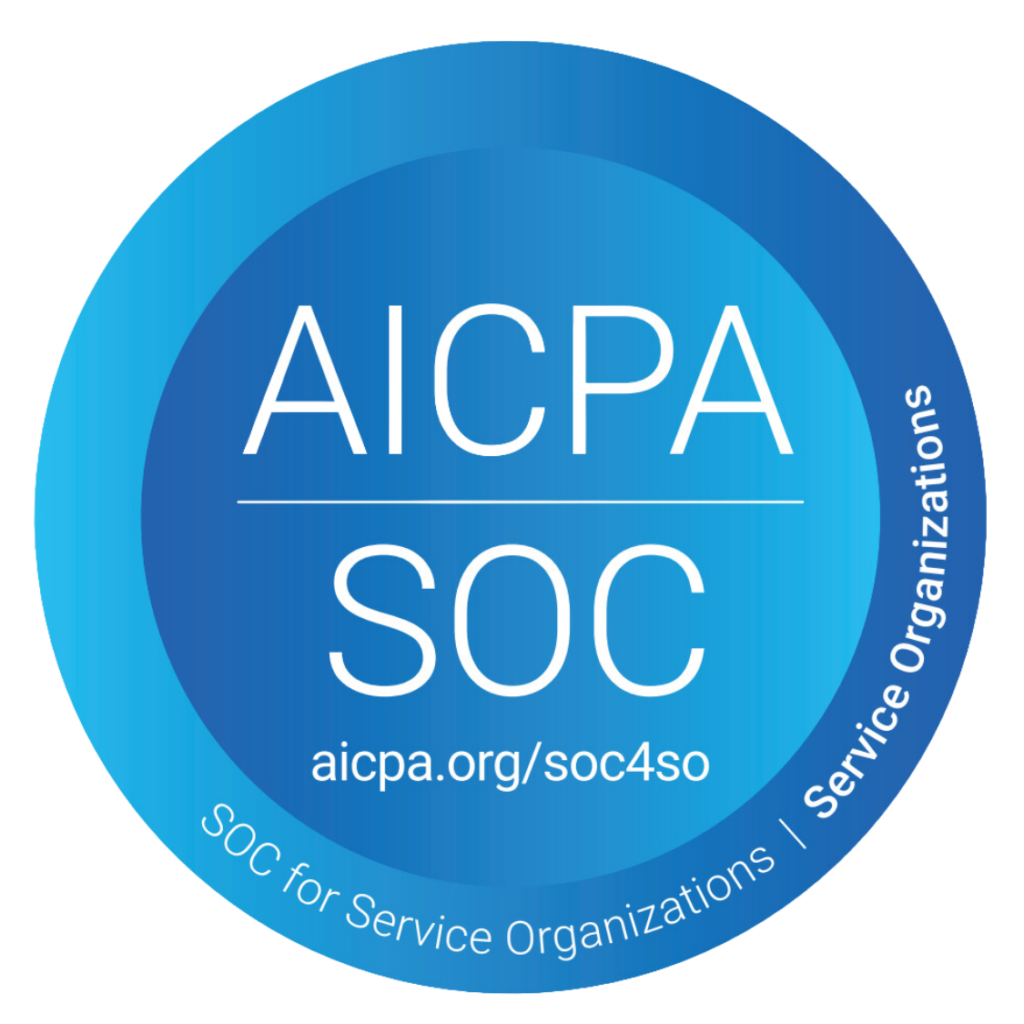January is the month dedicated to raising awareness about a timeless act that holds the power to save lives – blood donation. Blood donation is a noble act that contributes directly to saving lives. The donated blood serves a myriad of purposes, from aiding patients undergoing surgeries and trauma victims to treating patients with chronic illnesses like cancer and anemia. In emergencies, having a readily available blood supply can be the difference between life and death.
As the healthcare landscape evolves, understanding the nuances of blood donation becomes increasingly important, not just from a humanitarian perspective but also as a strategic component of corporate wellness programs.
Blood Donation vs. Plasma Donation: Unraveling the Differences
Understanding the differences between blood and plasma donations is essential for meeting specific medical needs. While whole blood donations are vital for a broad range of situations, plasma donations play a specialized role in addressing conditions that require the concentration of specific plasma components.
Blood Donation: The Comprehensive Gift
When an individual engages in blood donation, they are contributing a whole unit of blood, encompassing red blood cells, white blood cells, platelets, and plasma. This comprehensive donation is versatile and can be used in a variety of medical situations. Red blood cells transport oxygen, white blood cells combat infections, platelets aid in clotting, and plasma provides a medium for these components to move through the circulatory system.
This diversity in components makes blood donation indispensable in emergency situations, surgeries, and treatments for a broad spectrum of illnesses. The ability to address various medical needs makes whole blood donation a cornerstone of blood banks and healthcare systems.
Plasma Donation: Targeting the Liquid Gold
On the other hand, plasma donation hones in on the liquid part of the blood – the plasma. Plasma is a yellowish fluid constituting about 55% of total blood volume. What makes plasma unique is its rich composition of water, electrolytes, enzymes, hormones, and proteins. Among these proteins are antibodies, clotting factors, and albumin, all of which play vital roles in immune function, blood clotting, and maintaining blood volume.
The extracted plasma is a precious resource often referred to as “liquid gold” due to its versatility and importance in treating various medical conditions. Plasma donations are commonly used in therapies for patients with clotting disorders, immune deficiencies, and certain chronic diseases. Additionally, plasma can be further processed to create life-saving plasma-derived medications, such as immunoglobulins, clotting factors, and albumin, which are integral to treating numerous medical conditions.
Making an Informed Choice: Tailoring Contributions to Medical Needs
Versatility vs. Specialization
Blood donation and plasma donation, while both admirable acts of altruism, cater to different medical requirements. Blood donation offers a versatile contribution that can be used in diverse medical scenarios, making it an excellent choice for individuals seeking a broad impact with their donation.
On the flip side, plasma donation allows individuals to make a targeted contribution, providing a specific resource that is indispensable for treating certain medical conditions. Understanding these distinctions empowers potential donors to make informed choices based on their preferences and the impact they wish to have on the healthcare landscape.
Frequency and Impact
The frequency of donation also varies between whole blood and plasma. Whole blood donation typically has a longer interval between donations, with donors eligible to contribute every eight weeks. Plasma donation, given its focus on the liquid part of blood, often allows for more frequent contributions, sometimes as frequently as twice a week.
A Small Investment for a Significant Impact and Insight Into Your Personal Health Profile
How Long Does it Take?
Contrary to the notion of a lengthy endeavor, the actual blood donation process takes a mere 10-15 minutes. This short timeframe is all it takes for a donor to contribute a unit of blood that can be used in various medical situations, ranging from emergency transfusions to ongoing treatments for chronic illnesses. The efficiency of the process allows donors to integrate this altruistic act into their busy schedules without undue disruption.
How Safe Is It?
While the blood donation itself is a quick and straightforward process, the entire appointment typically lasts about an hour. This duration encompasses the time for pre-donation health checks, screening, and a brief recovery period post-donation. This holistic approach ensures donor safety and the quality of the donated blood, reflecting the commitment of blood banks and healthcare professionals to uphold the highest standards.
Rigorous screening processes, advanced testing technologies, and stringent protocols ensure that donated blood is free from infectious diseases. This commitment to safety is vital for both donors and recipients, instilling confidence in the process and encouraging more people to participate.
What Are the Other Benefits?
Beyond the altruistic act of saving lives, blood donation provides a unique opportunity to gain valuable health insights. Donors can learn their blood type, helping them better understand their health profile. Additionally, the screening process can unveil potential health issues, from cholesterol levels to underlying conditions, offering an early warning system that can be pivotal for preventive healthcare.
Donation Frequency: Dispelling Myths
Contrary to the belief that blood donation is a sporadic act, individuals can donate whole blood at regular intervals without compromising their health. The standard guideline recommends donating whole blood every eight weeks, translating to six times a year. This frequency is carefully determined to ensure that donors have sufficient time to recover and regenerate the components of their blood, especially red blood cells, which have a lifespan of approximately 120 days.
Understanding this schedule helps debunk the myth that blood donation is a rare or infrequent activity. It emphasizes that donating blood is not just a one-off deed but a sustained commitment that can be seamlessly integrated into one’s routine.
The Numbers: Unveiling the Donor Landscape
The Alarming Discrepancy in Engagement
While the significance of blood donation is universally acknowledged, the donor landscape tells a tale of stark contrast. Despite the constant need for life-saving blood, only a fraction of the eligible population actively participates in this benevolent act.
The statistics from the American Red Cross highlight a concerning reality. In the United States alone, where the demand for blood is incessant, a mere 3% of eligible individuals choose to donate annually. This low donor engagement rate underscores a significant gap between the potential impact of blood donation and the actual participation levels.
The reasons for this discrepancy are multifaceted, ranging from misconceptions about the donation process to concerns about eligibility and safety. Bridging this gap requires not only dispelling myths but also cultivating a collective understanding of the crucial role every donor plays in the healthcare ecosystem.
Every Two Seconds: The Urgency of Need
To comprehend the scale of the ongoing need for blood, it’s essential to grasp the frequency at which it is required. Every two seconds, someone in the United States requires a blood transfusion. This statistic is not just a number; it’s a relentless reminder of the urgency and constant demand for blood.
In a nation where medical advancements and procedures are advancing rapidly, the need for a stable and ample blood supply has never been more critical. Whether it’s for emergency surgeries, trauma care, cancer treatments, or addressing chronic illnesses, the reliance on donated blood is pervasive and unceasing.
The Life-Saving Potential of a Single Donation
The numbers further emphasize the impact that individual donors can make. A single blood donation has the potential to save up to three lives. This ripple effect is profound, showcasing how a small act of kindness can resonate through communities, providing hope and a chance at life to those in need.
The Constant Need: A Call to Awareness and Participation
Increasing donor engagement starts with awareness. The statistics serve as a wake-up call, urging corporations and individuals to recognize the critical role they can play in addressing the ongoing need for blood. Integrating blood donation initiatives into corporate wellness programs can be a transformative step, fostering a culture of philanthropy and health consciousness.
By leveraging platforms and channels to disseminate information about the pressing need for blood, corporations can empower their employees to become advocates for change. This awareness, coupled with dispelling myths surrounding donation, can break down barriers and inspire more individuals to contribute regularly.
Community Partnerships: Amplifying Impact
Corporations can further magnify their impact by fostering partnerships with local blood banks and organizations. Hosting blood drives, facilitating educational sessions, and providing incentives for employee participation can create a ripple effect of awareness and engagement.
Individuals, too, can take the initiative by actively seeking out opportunities to donate, participating in community blood drives, and encouraging their social circles to join the cause. By recognizing the constant need for blood and embracing their role in addressing it, individuals become active contributors to the health and well-being of their communities.
Integrating Social Impact into Corporate Wellness Programs
MaxCare, in its commitment to comprehensive healthcare solutions, strives to promote blood donation awareness and participation. In understanding the profound impact of regular blood and plasma donation on community health, employers can assist in transforming healthcare management beyond the conventional scope.
Leading by Example for Corporate Stakeholders
By actively participating in and promoting blood drives, employers can set an inspiring example for their employees and their families. This approach fosters a corporate culture that not only prioritizes employee well-being but also actively engages in initiatives that positively impact the wider community.
Incentivizing Altruism: Custom Wellness Programs
By incorporating incentives for blood and plasma donation into its wellness programs and collaborating with local blood banks, employers can ensure that employees are not only aware of the life-saving impact of their contributions but are also motivated to actively participate. This customized approach adds a philanthropic edge to the traditional wellness model, creating a workplace culture that values both individual health and community well-being.
Educating for Informed Decisions
As a thought leader in healthcare management, MaxCare utilizes its platforms to educate and inform. MaxCare’s goal is to dispel potential myths surrounding blood donation, provides insights into the donation process, and emphasizes the transformative impact of regular contributions. This educational approach empowers individuals within its network to make informed decisions about their health while actively contributing to the community’s well-being.



